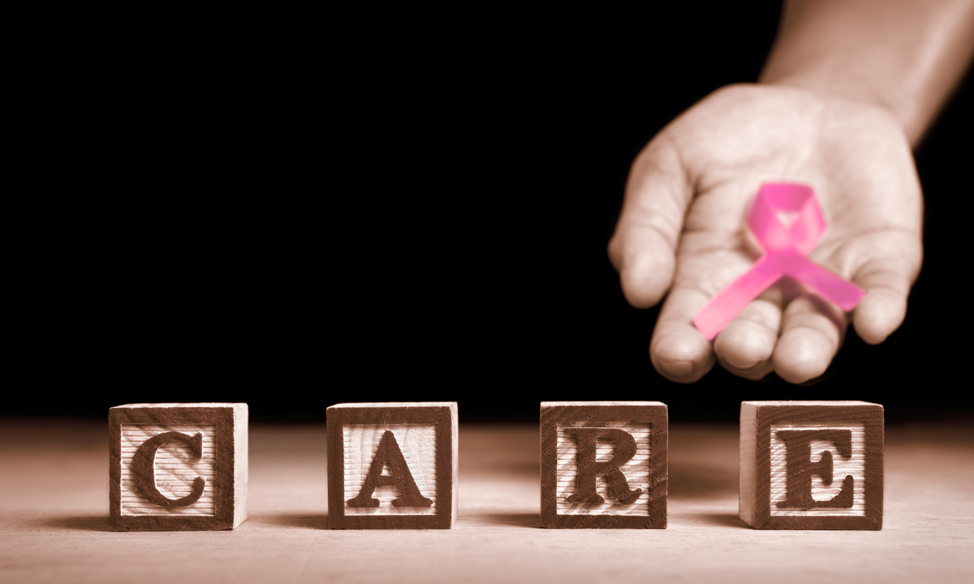
Study: People Want to See Impact of Charity-Linked Buys
A new study shows that consumers who purchase charity-linked products want more than just to purchase more wristbands, or pom-poms, or, you know, stuff. They want proof that their money is helping the cause.
Seeing pink? Relax. It’s not just you. October is Breast Cancer Awareness Month, and thanks to a bevy of corporations and other organizations that have joined the cause, consumers find themselves awash in pink charity-linked products.
But if a new study is any indication, fancy products and marketing gimmicks alone are not enough to impress the average donor—not anymore. These days, if people are going to give to a cause, they want evidence that their purchases will have an impact on the problem or challenge they pledged their hard-earned money to help eradicate.
“The Social Impact Study” [PDF], from public relations firms Cone Communications, reveals that 54 percent of Americans surveyed bought a product “with a social and/or environmental benefit” in 2013, up from 41 percent who purchased cause-related items in 2010 and just 20 percent in 1993. But the study also found that only 25 percent said they believe they can have a significant positive impact through their purchasing decisions.
According to the study, “[d]espite strong inclinations to support corporate social responsibility efforts, Americans’ enthusiasm could diminish or even disappear if they do not see the benefits of their participation…. To foster and maintain trust and deep engagement, companies must communicate not only the extent to which corporate commitments to [a] cause are having traction, but also specifically how consumer participation, from dollars donated to hours volunteered, will create measurable impact.”
“Companies really need to do a better job of articulating the impact they’re having,” Alison DaSilva, executive vice president for research and insights at Cone, told The Chronicle of Philanthropy for a story about the study. “The flag has been raised.”
CONSUMER COMMUNICATION
So, what’s the best way to communicate those results to donors and constituents? If, as the study suggests, “everyone stands for something,” how can brands set themselves apart?
Organizations can start by printing proof of their social impact on product packaging. The study found that 21 percent of consumers still view packaging as the best way to learn about a company. But they also value media and outreach campaigns (16 percent), the company’s website (12 percent), and social media (7 percent), among other channels.
The report offers five “guiding principles” for companies and organizations interested in more effectively demonstrating their social impact:
- Turn your stakeholders into partners in the cause “by making their participation urgent and necessary.”
- Integrate social impact into every facet of your organization.
- Look for ways to “innovate and accelerate” solutions to social challenges.
- Use a variety of communication channels to get your message out.
- Provide ongoing proof of the impact of your social responsibility and charity-linked campaigns.
How does your association project its social responsibility efforts? And what proof does it provide members and constituents of those efforts’ impact?
(iStock/Thinkstock)






Comments